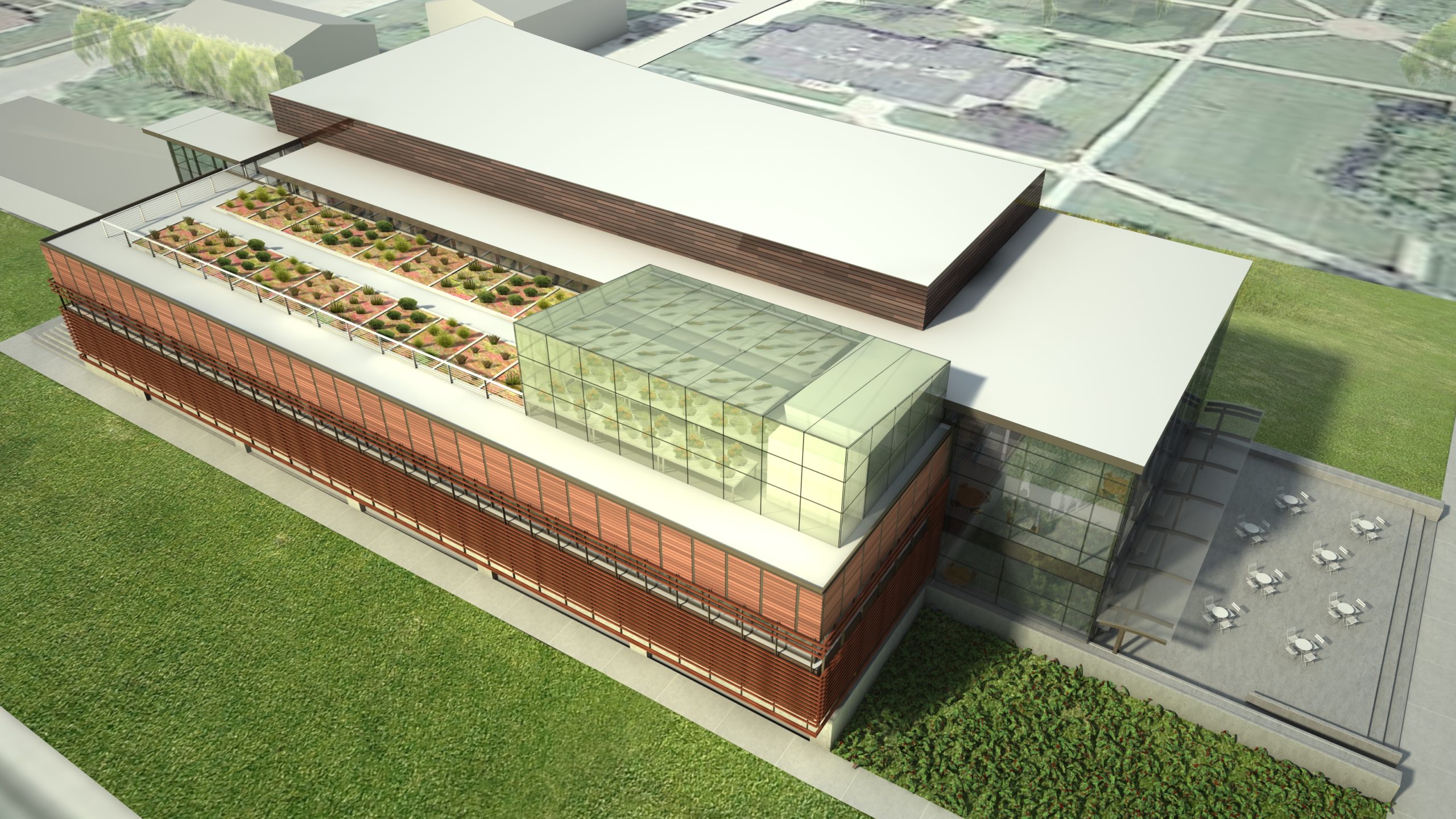
Although perhaps not as glamorous as other architecture trends, resilience is incredibly important. Designing a campus with resiliency in mind means taking an innovative approach to the design process of universities; creating structures that withstand disasters both natural and manmade, as well as provide for rapid recovery. It’s about designing facilities that last.
How to Design for Resiliency
Designing a campus with resiliency means starting the design process by thinking carefully about the typical use of the building, common points of stress due to normal use, as well as the most likely disaster situations in the environment that could challenge the integrity of the building and/or endanger its occupants. The local environment plays a critical role in determining the factors that make a building resilient or not, therefore, resilient design is always location specific. Resilient architecture can also be defined as the intentional design of a building or landscape to respond to natural and man-made disasters and disturbances. The foundations of resilient design are survival and adaptability to changing conditions. These are critical things to consider when designing a campus that will stand the test of time. And they are things you should be thinking about from the very beginning of the design process.Adapting Your Campus
While it's impossible to design for every conceivable event, you can make sure your college is better able to withstand weather disruptions and bounce back quickly after. Here are a few ideas to get you thinking:- Green roofs: These have become popular over the past decade, green roofs not only reduce the heat island effect, but also serve as a fantastic, relaxing area for students and faculty with their garden-like atmosphere. Much more than just a pretty feature, green roofs also reduce overall water usage and offset stormwater, slowing its flow and balancing out campus environmental systems.
- Permeable pavement: Using permeable pavement for sidewalks, parking, and other surfaces presents one of the easiest choices to make when creating a resilient space. It allows stormwater runoff to filter through voids in the pavement surface into an underlying stone reservoir, which temporarily stores and ultimately infiltrates the water.
- Rain gardens: A recent trend we’re beginning to see is the introduction of smaller, more localized rain gardens that help with stormwater collection. They allow runoff to enter the rain garden and overflow to be redirected to the campus-wide stormwater infrastructure.


